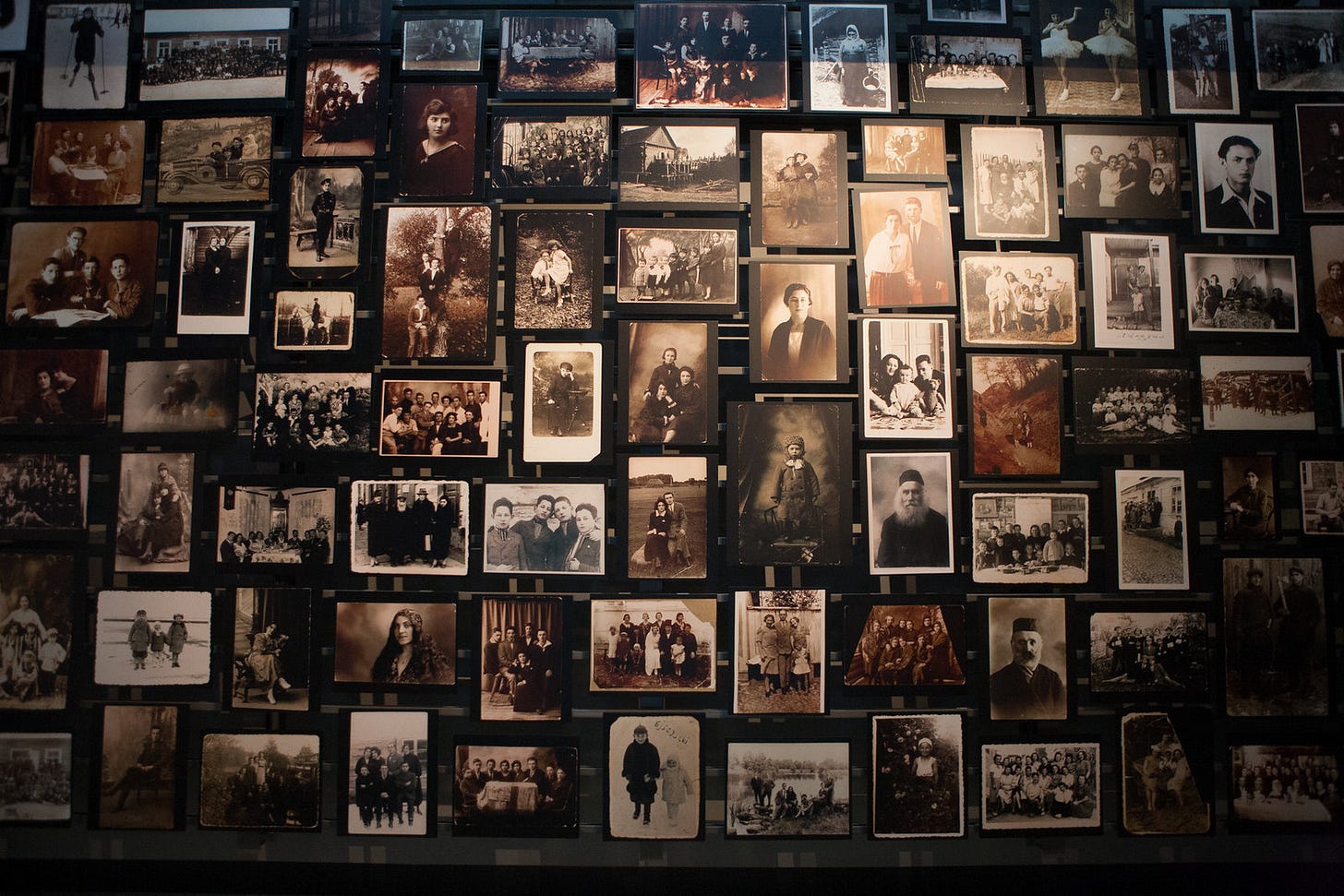Accounting For The Past
Austria's new government plans to carry out a feasibility study into establishing the country's first Holocaust museum

Servus!
The breakdown in coalition negotiations between the far-right Freedom Party (FPÖ) and conservative People’s Party (ÖVP) occurred on three levels. On the surface were disagreements over ministries and portfolios, in particular who would control the interior and finance ministries. Beneath that, as the leaked protocol of the negotiations exposed, were disagreements over policy, especially Europe, foreign, and media policy, though not only these. And finally, at the deepest and most fundamental level, were disagreements over values that went to the very nature of the Second Republic itself.
A good example of a values split was Austria’s coming to terms with its Nazi past and its historical responsibility for that past, things that are now inherent to the Second Republic even though it was not always so. The FPÖ, the protocol shows, opposed ÖVP proposals to build a Holocaust Museum and expand the use of the IHRA Working Definition of Antisemitism in state institutions. The far-right wanted to reevaluate the structure and content of the House of Austrian History, Austria’s museum of contemporary history. It rejected Austria’s historical responsibility towards Israel, Israel’s status as a Jewish and democratic state as a foreign policy principle, and Israel’s security as a raison d'état for Austria, a change in foreign policy ushered in by former chancellor Sebastian Kurz.
The two parties were able to agree that the struggle against antisemitism at the federal level would continue, that the National Strategy Against Antisemitism would be reevaluated and further developed, and that the state would continue to provide financial and security support to Austria’s Jewish community. Still, even on that final point, the two parties were at odds as to whether that financial support should rise automatically with inflation. A FPÖ-ÖVP coalition under the leadership of chancellor Herbert Kickl would, the fear remains, have been a retrograde step for Austria, calling into question its confrontation with and accounting for the darkest hours of its history.
Thank you for reading The Vienna Briefing. Nothing beats a personal recommendation; if you know someone who would be interested in reading this newsletter, consider sharing it with them today.
The Vienna Briefing is a reader-supported publication. Your one-time or monthly tips make my work on this newsletter possible and help keep The Vienna Briefing free for everyone.
By contrast, Austria’s new government—a coalition of the ÖVP, center-left Social Democratic Party (SPÖ), and liberal NEOS—has committed to elevating the status of the House of Austrian History to that of its own federal museum and reevaluating how Heldenplatz—the square on which the museum is currently located and where Adolf Hitler declared the Anschluss, Nazi Germany’s annexation of Austria, in March 1938—is used. Austria will get a new memorial to the Roma and Sinti victims of Nazi persecution, and the coalition has at the very least committed to conducting a feasibility study vis-à-vis the establishment of what they have called an Austrian Holocaust Museum.
The idea of Austria having its own Holocaust museum or center for Holocaust education and research is one I first wrote about in 2023 and explored in further detail last year in conversations with experts in the field for a feature published in the excellent monthly magazine Datum. Two years ago I argued—as I would argue now—that a Holocaust museum (and Holocaust education in general) “is not a substitute for civics in the same way that it is not a guarantor against antisemitism; inherent to it, though, is a notion of building a connection between past and present, one which applies especially to a perpetrator nation”:
The role of a Viennese Holocaust [museum] would be to look at both the fate of the victims and the role of the perpetrators—both the Jews forced to wash the streets and the bystanders laughing at them. It would examine how Austrian democracy was systemically dismantled during the 1930s, popular support for the Anschluss with Nazi Germany and how the Nazi state was constructed and set about its path of destruction. In doing so, it would focus on how the years 1938 to 1945 produced a generation of Nazis who were reintegrated into Austria’s body politic after the war. The emphasis, then, is on responsibility not only to the victims for what happened, but also on Austrians to understand why it happened, and what that means today.
To this, I could add that ‘what the Holocaust means today’ applies not only to Austrians with a direct link to the past, but all members of what Austrians refer to as their ‘post-migration society’ for whom their relationships to the Holocaust and Europe’s past will be inherently different. What does the Holocaust mean to a Syrian refugee who arrived in 2015 or 2020? An Austrian Holocaust Museum, then, will have to speak in many voices, making it an enormously complex and complicated project. Austria has been talking about this on and off for more than 20 years. Now, under Austria’s new government, the idea may finally have legs, though we—even people in the museum world itself—remain unclear about what an Austrian Holocaust Museum would mean in practice. Key will be who leads the feasibility study, with what resources, and within what framework.
Bis bald!



